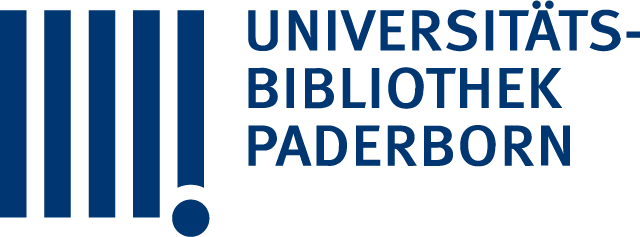Statistische Formmodelle (Statistical Shape Models/ SSMs) sind für die Bildverarbeitung von Vorteil und berücksichtigen die Formvariabilität von Objekten, die in den Bildern vorhanden sind. Es gibt verschiedene Gründe, warum ein Objekt seine Form von Beobachtung zu Beobachtung verändern kann. Beispielsweise ändert sich in dermedizinischen Bildgebung die Anatomie von Patient zu Patient. Statistische Formmodelle beinhalten a priori Informationen über die Form von Objekten und werdenvon Bildverarbeitungs- und maschinellen Lernansätzen als Einschränkungen verwendet. Bei vorheriger Kenntnis der Position einiger bestimmter Punkte, die zur Konturdes Objekts gehören, den sogenannten Landmarken, kann ein überwachtes Segmentierungsverfahren diese Landmarken in neuen Bildern finden. Punktverteilungsmodelle (Point Distribution Models/ PDMs) sind auf Landmarken basierende statistische Formmodelle, deren Parameter aus Trainingsmustern erzeugt werden und vielversprechende Ansätze zur Lösung von Segmentierungsproblemen darstellen. Punktverteilungsmodelle (PDMs) sind lineare Modelle und daher effizient anzuwenden,vereinfachen die Schätzverfahren und sind intuitiv zu interpretieren. In statistischen Formmodellen müssen verschiedene Probleme behoben werden, um die Segmentierungsgenauigkeit zu verbessern. Um die PDM-Landmarken inneuen Bildern zu identifizieren, sind zunächst ein guter Kontrast und eine gute Bildqualität erforderlich. Daher bieten die modernen PDM-basierten Segmentierungsalgorithmen bei anspruchsvollen medizinischen Bildgebungsmodalitäten, wie fluoroskopischem Röntgen, nicht genügend Genauigkeit. Zusätzlich werden häufig Heuristiken und Ad-hoc-Regeln verwendet.
Titelaufnahme
- TitelExtensions of statistical shape models for medical imaging and computer vision / von M. E. Alma Eguizabal Aguado ; Erster Gutachter: Prof. Dr. Peter Schreier, Zweiter Gutachter: Prof. Dr.-Ing. Reinhold Häb-Umbach
- Autor
- Beteiligte
- Erschienen
- Umfang1 Online-Ressource (xx, 181 Seiten) : Illustrationen, Diagramme
- HochschulschriftUniversität Paderborn, Dissertation, 2020
- AnmerkungTag der Verteidigung: 16.03.2020
- Verteidigung2020-03-16
- SpracheEnglisch
- DokumenttypDissertation
- URN
- DOI
- Social MediaShare
- Nachweis
- IIIF
Statistical Shape Models (SSM) are beneficial in image processing and computer vision. SSM account for the variability of the shape from the objects that are presentin the images. There are different reasons why an object may vary its shape from observation to observation. For instance, in medical imaging the anatomy changes from patient to patient. SSM are information a priori about the shape of objects, and are used as constraints by image processing and machine learning approaches. Givenprior knowledge of the position of some meaningful points belonging to the contourof the object, i.e., the landmarks, a supervised segmentation method can find these landmarks in new images. Point Distribution Models (PDM) are landmark-based SSM whose parameters are learned from training samples, and are promising approaches to solve segmentation problems. PDM are linear models, and therefore provide efficiency, make the estimation procedures simple and have an intuitive interpretation.There are different issues to be addressed in SSM, and hence improve their segmentation accuracy. To begin with, registering the PDM landmarks in new imagesrequires good image contrast. Therefore, in challenging medical imaging modalities,such as fluoroscopic X-ray, the state-of-the-art PDM-based segmentation algorithmsdo not provide enough quality. Additionally, heuristics are frequently present in SSM.One example is the model-order selection of the PDM, which is often chosen witha “rule-of-thumb” percentage of variance. Ad hoc designs complicate the generalization, and the lack of optimization makes SSM lose potential. Moreover, when training the PDM, we require a collection of sampled points (the landmarks) of the training contours. These points are very often manually selected, and based only on experience or subjective criteria.
- Das PDF-Dokument wurde 37 mal heruntergeladen.


